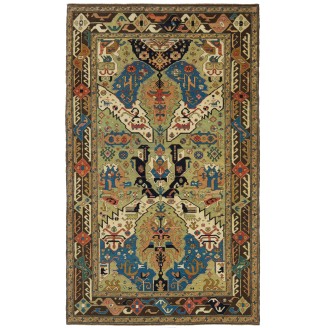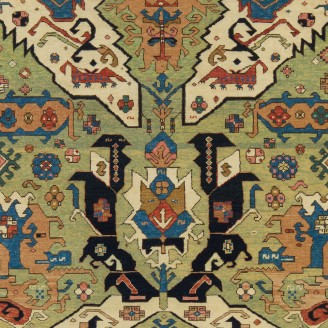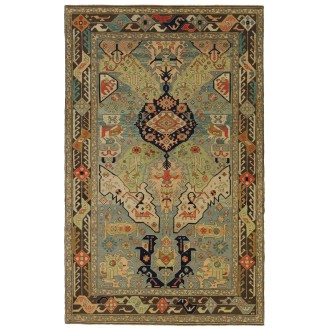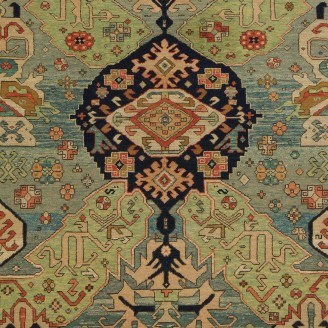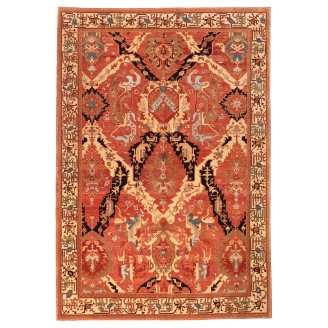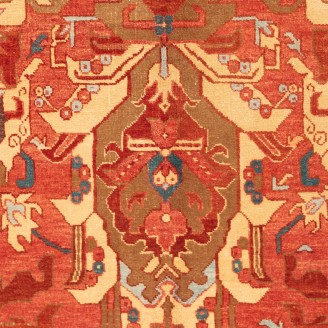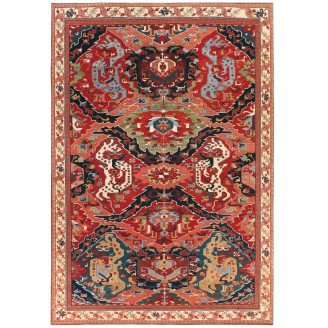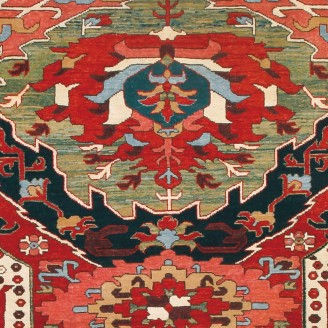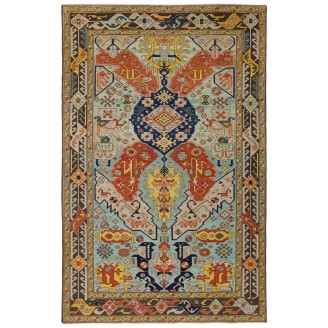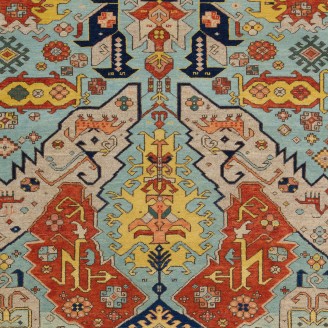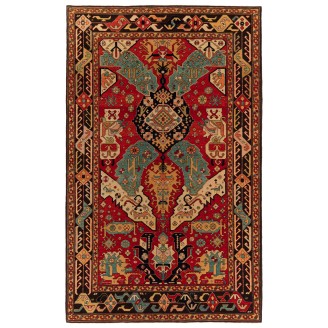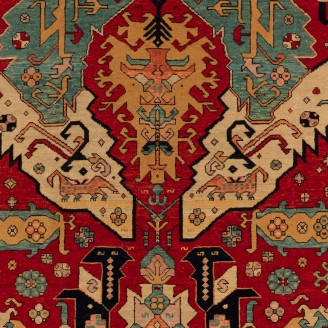The Dragon Carpet
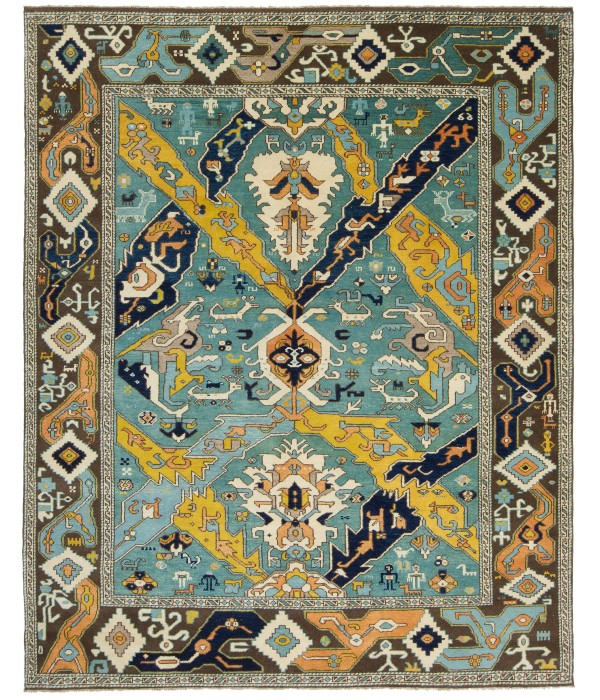
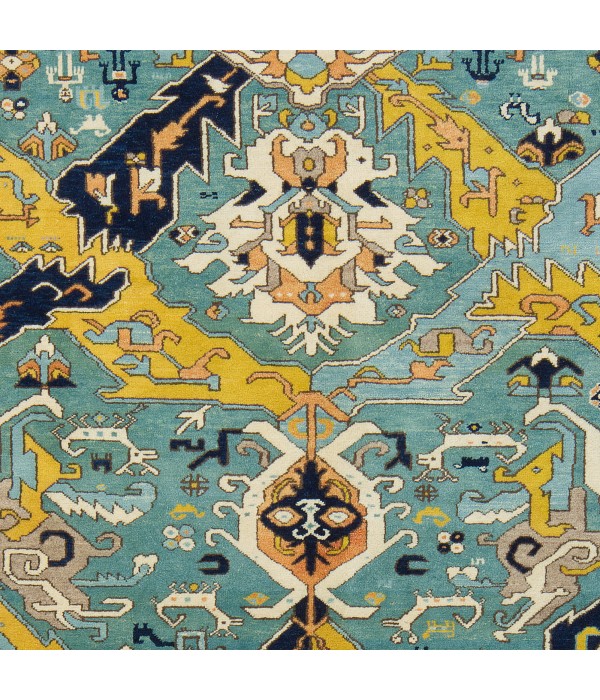
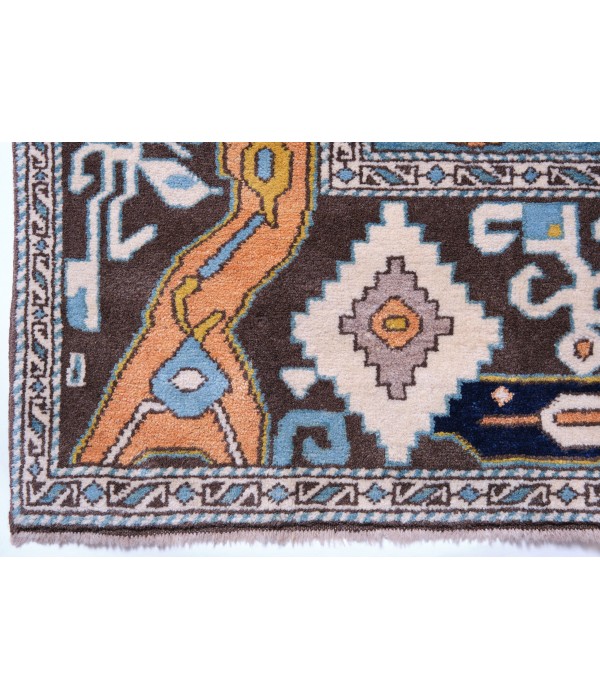
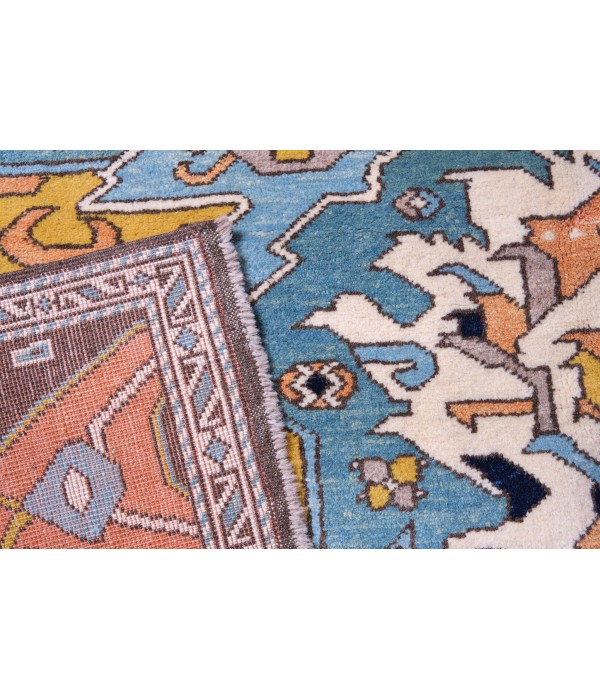
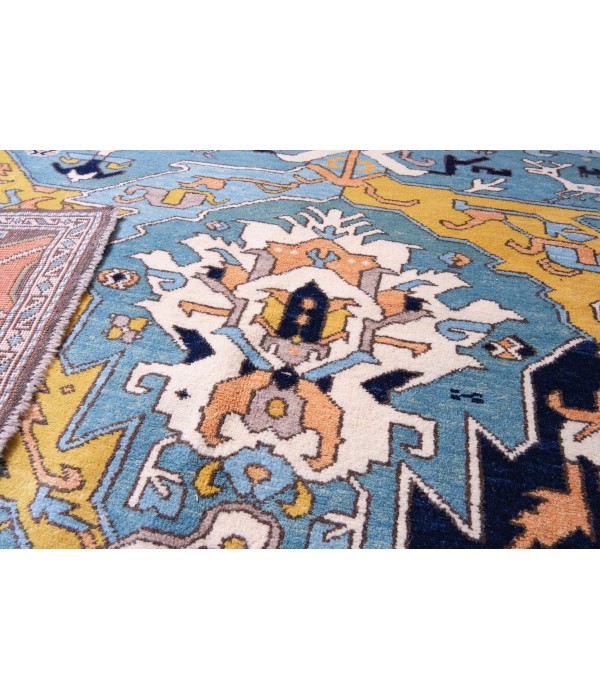
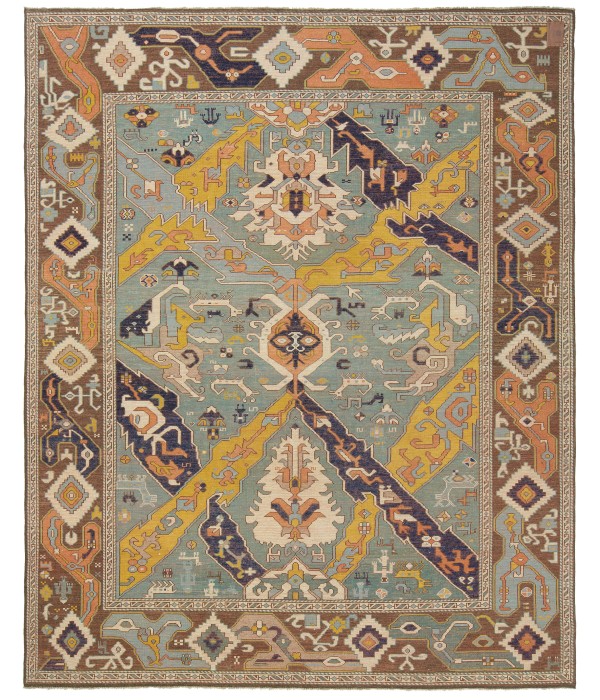
Out Of Stock
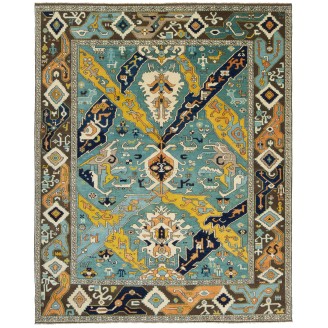
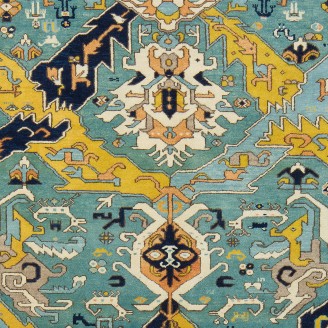
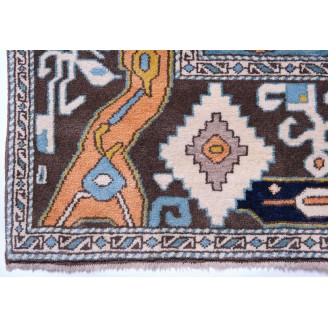
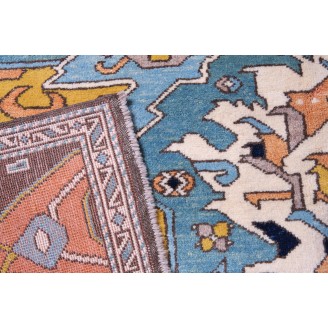
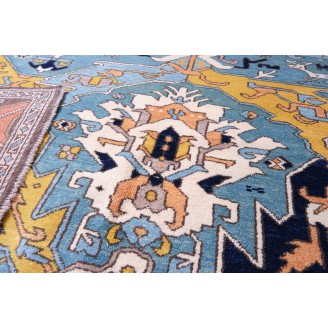
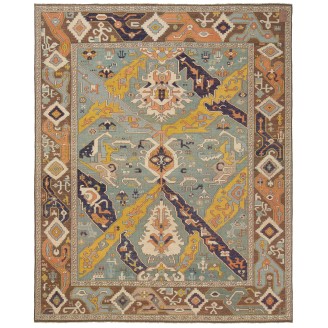
Model: ART00370The Dragon Carpet
Group: Caucasian Rugs Family
Area: Caucasus
Material of Pile: Natural Dyed Hand-spun Wool
Material Warp / Weft: Wool on Wool
Structure: Symmetrical knot
Knots Density: 36x29
Pile (mm): 8
Production Place: Wast Anatolia – Manisa Province
Weight: 14.20kg
Location: Tokyo
Stock: Out Of Stock
Dimensions:
The source of the carpet comes from the book Hali Magazine 1993 Issue 67, pg.93 and Hali Magazine 1992 Issue 61, pg.61. Peter Bausback, Mannheim, described it on the occasion of his exhibition at the Textura 1992 in Maastricht (see also HALI, Issue 67, 1993) as follows: 'In my opinion, this is an excellent specimen of this group, to which in quality, color, and expression no comparable piece is found'. The carpet was probably made in the 17th century in the Caucasus (in HALI 61, February 1992, the carpet is shown on p. 61 but is carefully conservatively dated with the 18th century) and resembles the early dragon carpets; it is much more expressive due to the powerful design of both the border and the field with the filling ornaments like people and animals. Very expressive are also the living dragon ornaments as the main motif of the carpet whose center forms a grimace-like element. The carpet comes from a noble Central European house and suspected that it once came to Europe via Transylvania. Unlike most of the other surviving dragon carpets, which come from manufactories, it is of undoubtedly village origin. Only in the Vakiflar Museum in Istanbul, there is such a dragon village rug shown, corresponding in size. The design of this rug is interpreted with a series of borders and our designers choose soft colors for this rug.
Color summary: 8 colors in total, most used 4 colors are;
Color summary: 8 colors in total, most used 4 colors are;
- Bistre Brown 411 (Pomegranate - Madder Root)
- Emerald Green 407 (Chamomile - Indigo)
- Natural Wool Color 320 (No Dye)
- Khaki 413 (Dyer’s Weed)
Dimensions:
6 ft 8 in x 8 ft 1 in ( 204cm x 247cm )
Price:
$9,150
Ex Tax: $9,150

